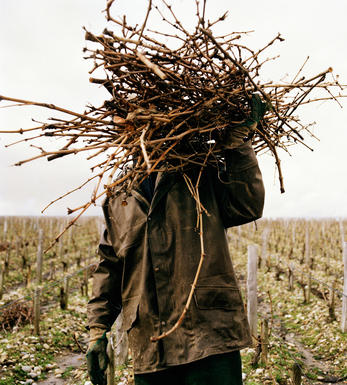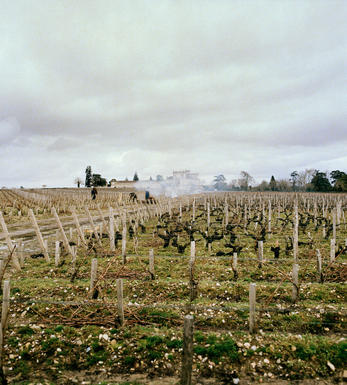
About this WINE

Clos Floridene
An estate which has come under the wing of Denis Dubourdieu, one of the greatest exponents of White Bordeaux, and employed as a consultant by a growing number of properties.
Clos Floridène is a 31 hectares estate mostly located on the calcareous plateau of Pujols sur Ciron, near Barsac, in the Graves appellation. A few plots are also located on the pebbly terraces of Illats. Since 1982 Denis and Florence Dubourdieu have supervised the replanting of the vineyard.
Its name evokes the first names of its founders: Denis and Florence Dubourdieu. At the beginning in 1982, Clos Floridène is a small enclosed parcel planted with 2 ha of old white vines composed of Sémillon and Muscadelle, a wine-grower dwelling, an old cellar and 2 ha of fallow land which was planted, upon the acquisition of the vineyard, with Cabernet Sauvignon.
The vineyard acquired its present-day size through the successive purchase of neighboring parcels. In 1991, Clos Floridène was significantly enlarged through the adding of Château Montalivet, a 13 ha vineyard, contiguous for the most part with Floridène (refer to the technical documentation of Château Montalivet, Clos Floridène’s second wine).
Dry white Graves has enjoyed a renaissance in recent years as fermentation in new oak barrels has yielded wines of crisp definition and glorious aromas, and the domaine's white wine is a classic example.

Graves
Graves is the region which first established Bordeaux's wine reputation. Its wines were exported to England as early as the 12th century and Samuel Pepys drank Ho Bryan (sic) in London on 10th April, 1663.
The names Graves is derived from ‘gravel’ and the best soils are gravel-rich, mixed with sand and occasionally clay. Graves is larger in areas than the Médoc but produces only half the amount of wine. The best wines of Graves were initially classified in 1953 with this classification being confirmed in 1959.
Until 1987, this entire region, which runs immediately south of the city of Bordeaux until it reaches Sauternes, was known as the Graves and its entirety is still sometimes informally referred to as such, but from the 1986 vintage a new communal district was created within Graves, based on the districts of Pessac and Léognan, the first of which lies within the suburbs of the city.
Pessac-Léognan has the best soils of the region, very similar to those of the Médoc, although the depth of gravel is more variable, and contains all the Classed Growths of the region. Some of its great names, including Ch. Haut-Brion, even sit serenely and resolutely in Bordeaux's southern urban sprawl.
The climate is milder than to the north of the city, and the harvest can occur up to two weeks earlier. This gives the best wines a heady, rich and almost savoury character, laced with notes of tobacco, spice and leather. Further south, the soil is sandier with more clay, and the wines are lighter, fruity and suitable for earlier drinking.
Recommended Châteaux
Ch. Haut-Brion, Ch. la Mission Haut-Brion, Ch. Pape Clément, Ch. Haut-Bailly, Domaine de Chevalier, Ch. Larrivet Haut-Brion, Ch. Les Carmes Haut-Brion, Ch. La Garde, Villa Bel-Air.

Cabernet Sauvignon Blend
Cabernet Sauvignon lends itself particularly well in blends with Merlot. This is actually the archetypal Bordeaux blend, though in different proportions in the sub-regions and sometimes topped up with Cabernet Franc, Malbec, and Petit Verdot.
In the Médoc and Graves the percentage of Cabernet Sauvignon in the blend can range from 95% (Mouton-Rothschild) to as low as 40%. It is particularly suited to the dry, warm, free- draining, gravel-rich soils and is responsible for the redolent cassis characteristics as well as the depth of colour, tannic structure and pronounced acidity of Médoc wines. However 100% Cabernet Sauvignon wines can be slightly hollow-tasting in the middle palate and Merlot with its generous, fleshy fruit flavours acts as a perfect foil by filling in this cavity.
In St-Emilion and Pomerol, the blends are Merlot dominated as Cabernet Sauvignon can struggle to ripen there - when it is included, it adds structure and body to the wine. Sassicaia is the most famous Bordeaux blend in Italy and has spawned many imitations, whereby the blend is now firmly established in the New World and particularly in California and Australia.



Buying options
Add to wishlist
wine at a glance
Delivery and quality guarantee